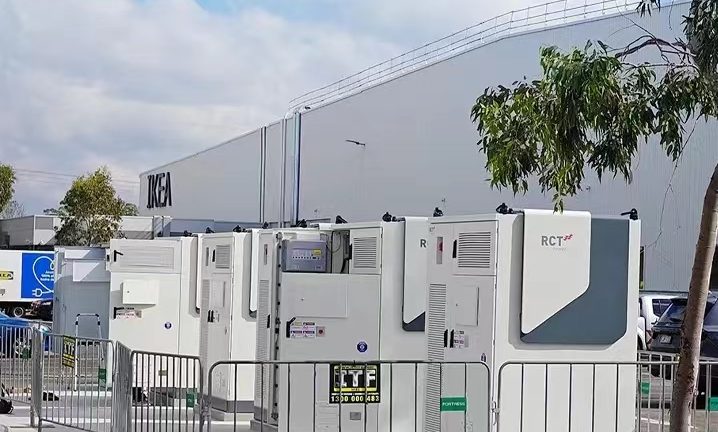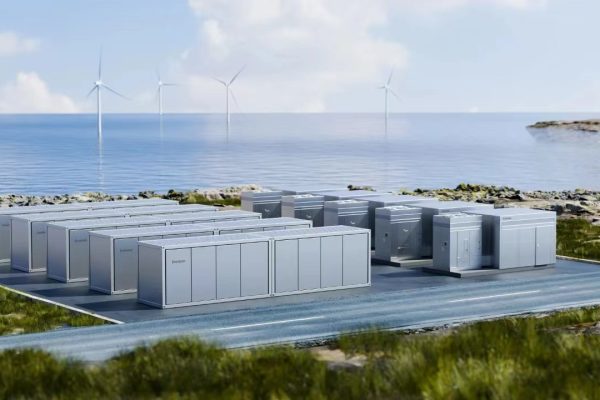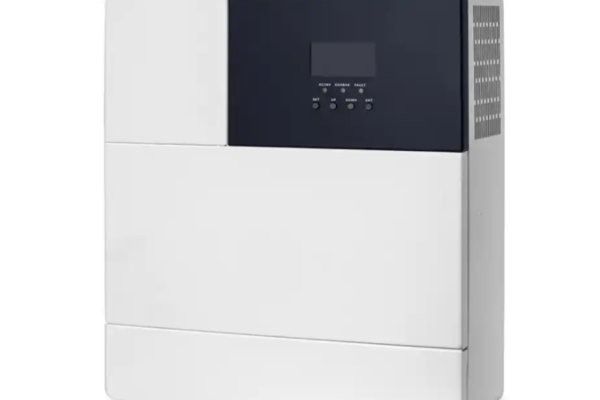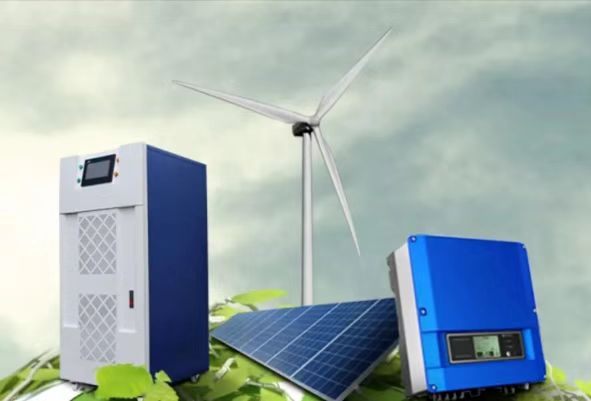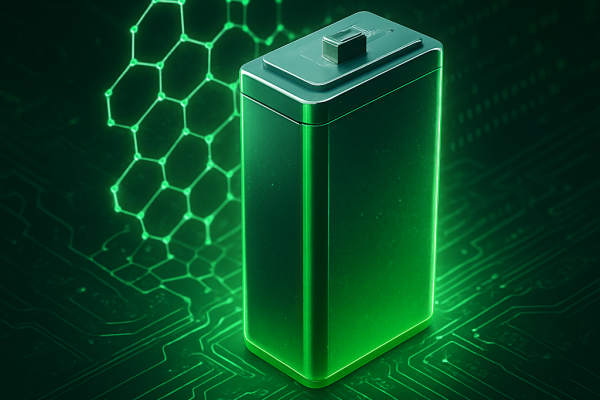How to Select the Right Form Factor for Your Energy Storage Project
1. Introduction
In energy storage system (ESS) projects, especially in the commercial and small utility sectors, the physical form of the system—rack, cabinet, or container—is more than just a packaging choice. It affects:
- Installation time and cost
- Cooling and safety strategy
- Transport logistics
- Flexibility for future expansion
- Site permissions and aesthetics
As a technical foreign trade partner, being able to suggest the right system layout format builds trust with your clients and shows that you’re not just selling parts—you’re offering solutions that work on-site.
This article walks through the differences between rack, cabinet, and container-based ESS layouts and helps you guide your customers based on project size, location, and priorities.
2. Overview: What Are the Main Layout Formats?
| Layout Type | Typical Use Case | Size Range |
|---|---|---|
| Rack | Indoor C&I systems, modular builds | 10–100 kWh |
| Cabinet | Outdoor/indoor compact energy storage | 50–200 kWh |
| Container | Industrial / microgrid / large C&I | 250 kWh–2+ MWh |
Each of these options can use similar internal components (battery modules, BMS, wiring), but their enclosure and infrastructure setup are very different.
3. Rack Systems: For Indoor Modular Use
🔹 What Is It?
Rack-based systems typically consist of:
- Standard 19″ or 21″ open or enclosed racks
- Battery modules installed in stackable fashion
- External inverter or PCS
- Usually air-cooled, installed in clean, temperature-controlled rooms
✅ When to Recommend:
- Indoor environments like equipment rooms, warehouses
- Systems under 100 kWh
- Projects that plan to expand step-by-step
- EPCs who want to integrate ESS into existing server rack or LV cabinets
⚠️ Considerations:
- Needs proper room conditions (dust-proofing, ventilation)
- Installation requires attention to grounding and battery interconnections
- Often requires a separate enclosure for inverter and EMS
4. Cabinet Systems: Versatile and Self-Contained
🔹 What Is It?
Cabinet-based ESS includes:
- One or more pre-wired cabinets (IP54+)
- Integrated BMS, EMS, sometimes even hybrid inverter
- Installed indoor or outdoor
- Often equipped with thermal management (fans, optional air-con)
✅ When to Recommend:
- Mid-sized C&I customers (small factories, logistics sites)
- Projects with 50–200 kWh storage needs
- Where fast deployment and clean layout are important
- Projects that need scalability but prefer unified structure
⚠️ Considerations:
- Delivery must match site access (some cabinets weigh >500 kg)
- Coordination between cabinet and PCS still needed unless all-in-one
- Some models are only rated for sheltered outdoor installation
5. Container Systems: For Utility-Scale and Microgrids
🔹 What Is It?
A containerized ESS is:
- Housed in 10-ft, 20-ft, or 40-ft standard containers
- Fully integrated: batteries, HVAC, fire suppression, BMS, EMS
- Includes separate PCS container or on-skid setup
- Designed for plug-and-play on-site delivery
✅ When to Recommend:
- Projects requiring >250 kWh of storage
- Rural microgrids, remote mining, or backup for critical infrastructure
- Customers seeking fast deployment without local integration labor
- Applications that demand standardized, tested turnkey systems
⚠️ Considerations:
- Higher shipping and crane costs
- May require permitting depending on country/region
- Heat management and fire protection system must be reviewed case-by-case
6. Comparison Table
| Factor | Rack | Cabinet | Container |
|---|---|---|---|
| Installation Site | Indoor only | Indoor/Outdoor | Outdoor only |
| Capacity Range | 10–100 kWh | 50–200 kWh | 250 kWh–2+ MWh |
| Cooling | Room-cooled | Integrated fans/AC | Full HVAC system |
| Integration Level | Modular | Semi-integrated | Fully integrated |
| Time to Deploy | Moderate | Fast | Fastest (pre-installed) |
| Scalability | High (per rack) | Medium | High (multi-container) |
| Cost Efficiency | High (small scale) | Balanced | High (large scale) |
7. How to Advise Clients Based on Use Case
| Client Type | Suggested Format | Why? |
|---|---|---|
| Small commercial site | Cabinet or Rack | Ease of setup + space efficiency |
| Factory peak shaving | Cabinet (indoor/outdoor) | 100–200kWh typically needed |
| Remote microgrid | Container | On-site labor constraints |
| Cold storage facility | Cabinet + PCS | Temperature-sensitive, flexible |
| Urban EV charger site | Container or cabinet | Weatherproof, ready-to-deploy |
8. Real Questions You’ll Hear from Clients
- “Can I move the cabinet through my facility door?”
- “Do I need a concrete pad for the container?”
- “Is this system fire-rated?”
- “Can we expand next year by adding one more cabinet?”
- “Does your rack fit into my existing enclosure?”
Preparing good technical responses to these shows that you’re not just quoting products—you understand how the system will actually be used.
9. Recently Published Articles You May Also Like
- 👉 How Small Factories Can Use Peak Shaving to Save Electricity Bills
- 👉 Modular Storage Cabinets: How to Customize for Flexible Demand
- 👉 Key Safety Considerations in Residential and Small Industrial ESS
10. Conclusion
Choosing between racks, cabinets, or containers is not just a technical decision—it reflects how well the supplier understands the client’s site conditions, usage goals, and future plans.
If you’re serving as a technical foreign trade partner, helping your customer make the right format choice can save them thousands in integration and installation costs—and win you long-term trust.
Whether you’re quoting 30kWh for a bakery or 1MWh for a rural microgrid, layout format is always part of the solution.





